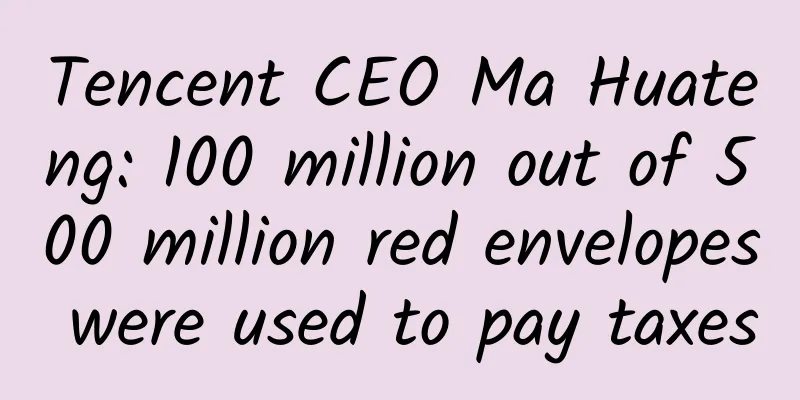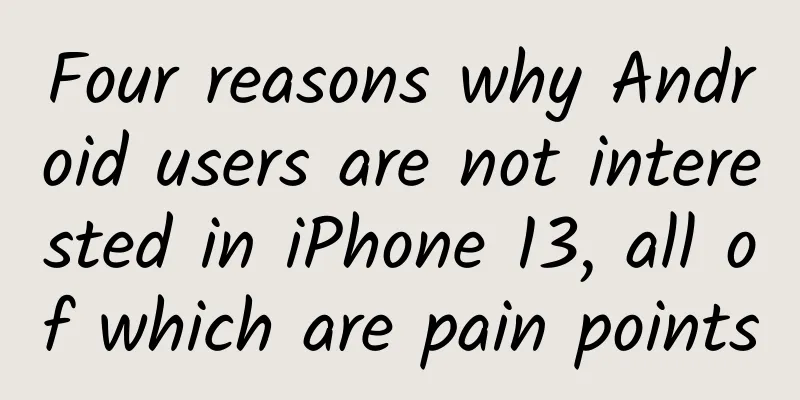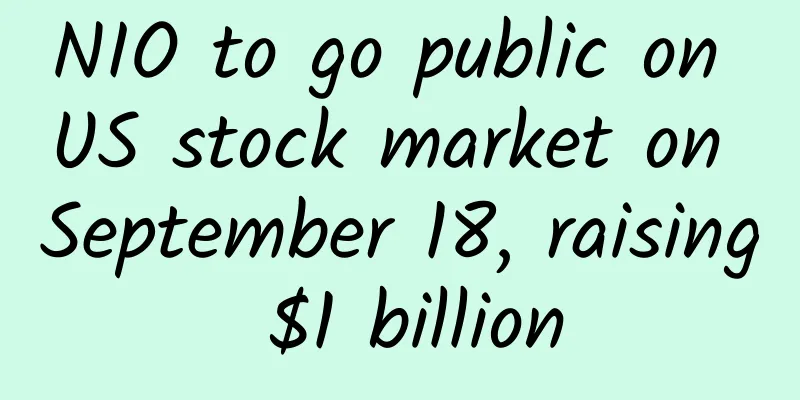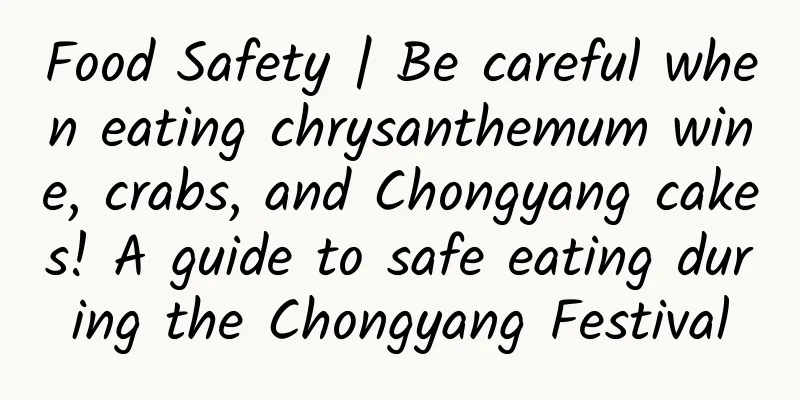Infant noodles contain excessive aluminum and nitrate? Let me see what's going on!

|
Recently, third-party evaluations have been frequently launched, but have repeatedly failed. A few days ago, we analyzed the pitfalls of the Phoenix Lab’s evaluation of Liujiang snail noodles. In the past two days, another evaluation of infant noodles came out, saying that some products exceeded the heavy metal limit, and some had excessive nitrates. The analysis was very thorough and exciting. Maternity and infant products are the most active and the most pitfalls in the field of evaluation, because this group of people is the easiest to scare and the most likely to spend money unjustly. Let's talk about this hodgepodge evaluation in detail. There are a lot of indicators involved, but the analysis of the two most critical indicators is all problematic. About "Aluminum Exceeding Standard" Original media report: Some foods may use potassium aluminum sulfate (also known as alum), which is a common aluminum-containing food additive. It acts as a coagulant and can make food more chewy, such as in noodles and vermicelli. Studies have shown that aluminum accumulation in brain tissue will inhibit the activity of multiple enzymes, causing decreased thinking ability and memory loss, and will seriously affect children's intellectual development and bone growth. At present, the national standard "GB 2760-2014 Food Additives Usage Standard" stipulates that the aluminum content in pasta products shall not exceed 100 mg/kg. As early as 2008, the European Food Safety Authority adopted a recommendation on the safety of aluminum intake through diet, stipulating that the aluminum content in pasta products should not exceed 10 mg/kg. In the years that followed, pasta products from China were often banned from import by the EU because of aluminum content exceeding this limit. As soon as I saw the words "exceeding the standard", I knew there was a problem. Where did the standard come from? Why haven't I heard of it? Here are a few common sense (for people in the food industry) mistakes. 1. The European Food Safety Authority (EFSA) is not a risk management department and does not set specific limit standards. It only gives scientific opinions and suggestions on risk assessment. The "suggestions" mentioned by the media are the following picture, which does not contain any statement about the aluminum limit for pasta products. 2. The EU, like other countries in the world (including China), does not manage aluminum as a pollutant. However, each EU member state can formulate its own control policies as needed, mainly targeting food additives such as alum and aluminum pigment lakes, and China does the same. The EU does have a 10 mg/kg limit for pasta products, but it is actually equivalent to China's "risk monitoring reference value" (used in the RASFF early warning system), which is actually to protect domestic companies. (Note: This so-called "limit" has been invalidated because China has reported the background situation to the EU through the WTO mechanism) Why do you say that? You will understand if you click and look at the data below. Aluminum is the metal element with the highest content in the earth's crust, and the background value varies in different regions and species. So some Chinese products (mainly instant noodles) are blocked by the EU, but this has nothing to do with health. 3. The main source of aluminum intake is usually from the leavening agents in puffed noodle products, such as fried dough sticks, biscuits, cakes, etc. The aluminum in noodles is a natural background and is not the main source of aluminum. Some vegetables and tea, such as spinach (spinach was added when the aluminum content was tested), mushrooms, radishes, lettuce, cocoa, etc., can also bring in some background. According to the national standard, alum is not allowed to be added to noodles, not even to noodles for infants and young children. The media was very "sly" in hinting, which is their usual style. There is not a single wrong or false statement, but it can still scare people. Original media text: "Some foods may use potassium aluminum sulfate (also known as alum)...such as used in noodles and vermicelli." 4. The most important thing is that the health hazards cannot be separated from the intake. I will not elaborate here, it is nothing more than various theoretical calculations. The simple conclusion is that the natural background aluminum does not need to consider any health hazards, otherwise it would have been included in the pollutant management long ago. Original media article: "Studies have shown that aluminum accumulation in brain tissue will inhibit the activity of multiple enzymes, causing decreased thinking ability and memory loss, and will seriously affect children's intellectual development and bone growth." In addition, the EU's invalidated 10 mg/kg and the 45 mg/kg in the figure below have the same purpose and have nothing to do with safety or health. About "Nitrate Explosion" Nitrates are also naturally present in fruits and vegetables, and the content varies depending on the variety and growing conditions, which is why the standard does not limit the nitrate content of fruit and vegetable noodles. The European Food Safety Authority conducted an "Analysis of the Pros and Cons of Intake of Nitrates through Vegetables" in 2008. The conclusion is as follows. Overall, the estimated exposures to nitrate from vegetables are unlikely to result in appreciable health risks, therefore the recognized beneficial effects of consumption of vegetables prevail. Translation: We estimate that nitrate intake through vegetables is unlikely to pose a significant health risk, so the benefits of eating vegetables are predominant. In other words, rather than worrying about the health risks of nitrates in vegetables, you should worry about the health risks of not eating vegetables. By the way, it is nonsense to force a connection between nitrates, nitrites and nitrosamines, or to scare you that nitrates and nitrites can cause cancer. The European Food Safety Authority also concluded that "based on the available evidence, nitrates ingested through diet and drinking water do not lead to an increased incidence of cancer in humans." From the available evidence that nitrate intake from diet or drinking water is not associated with increased cancer risk in humans. In fact, there are still many problems in the entire evaluation report, and I am too lazy to continue analyzing it. I have said it many times, don't read the evaluation, don't read the evaluation, don't read the evaluation. Because you don't have the ability, you can't understand it at all. The evaluation agency can just pull out a few documents and data to scare you. And I have read so many food reviews, none of them are reliable, they are all serious nonsense. In short, whether you are an ingredient party or a research party, learn more about scientific feeding and nutritional matching, which is what is really useful to you. As for those reviews, you can just take a look at them for fun, but don't believe them. (Internet pictures deleted if infringed) over ©Diet Reference Author: Dr. Zhong Kai Senior food science joke teller Scientific Advisor of Guokr.com Standing Committee Member of the Health Communication Branch of the Chinese Association of Preventive Medicine |
<<: Year-end review: Major breakthroughs in Chinese science and technology in 2021
>>: When you are still in emo at night, some peach blossoms have already bloomed
Recommend
What would happen if the speed of light was slowed down 10,000 times? Photonic chips can tell you
Slowing down the speed of light: The new mystery ...
WeChat chat history backup is charged? Teach you how to migrate chat history for free, the method is very simple
WeChat has been trending recently, and may launch...
Why are mobile phone prices dropping so fast? There are three reasons
If you pay attention to the dynamics of the mobil...
APP new user promotion丨How to attract traffic to APP through H5 activities?
When operating an APP, it is bound to involve the...
Alipay Android package size is extremely compressed
Preface In this chapter, we will start a new seri...
How to fine-tune the operation of an effective e-commerce live streaming sales event?
Amid the epidemic, live streaming sales are extre...
Will ChatGPT become the "550W" in "The Wandering Earth 2"?
Figure 1 Header image | Source: Baidu Encyclopedi...
Curling: From "Stonehenge" to "Rounded Little Boy"
(Picture from the Internet) Curling: The Amazing ...
CHIMA: 2022 Hospital Cloud Service Application Status Survey Report
In order to understand the application status of ...
Meituan Grocery APP Product Analysis
The growth of user scale and the maturity of deli...
Don’t want to be defeated by viruses in the cold winter? 5 self-checks for disease resistance
Have you been infected with the flu this season? ...
iPhone 6 case comparison
Foreign website Subscribe released a video compari...
How big is the intellectual property gap between Xiaomi, Meizu and Apple?
"You still have to have dreams. What if they...
A woman bought a Mercedes-Benz and drove it for three years before discovering that the wheels were installed backwards and the car was driving backwards every day
After buying a Mercedes-Benz and driving it for t...
Do these 5 things well and the click-through rate of information flow advertising materials will increase by 90%
What does craftsmanship require? Humility, persev...









